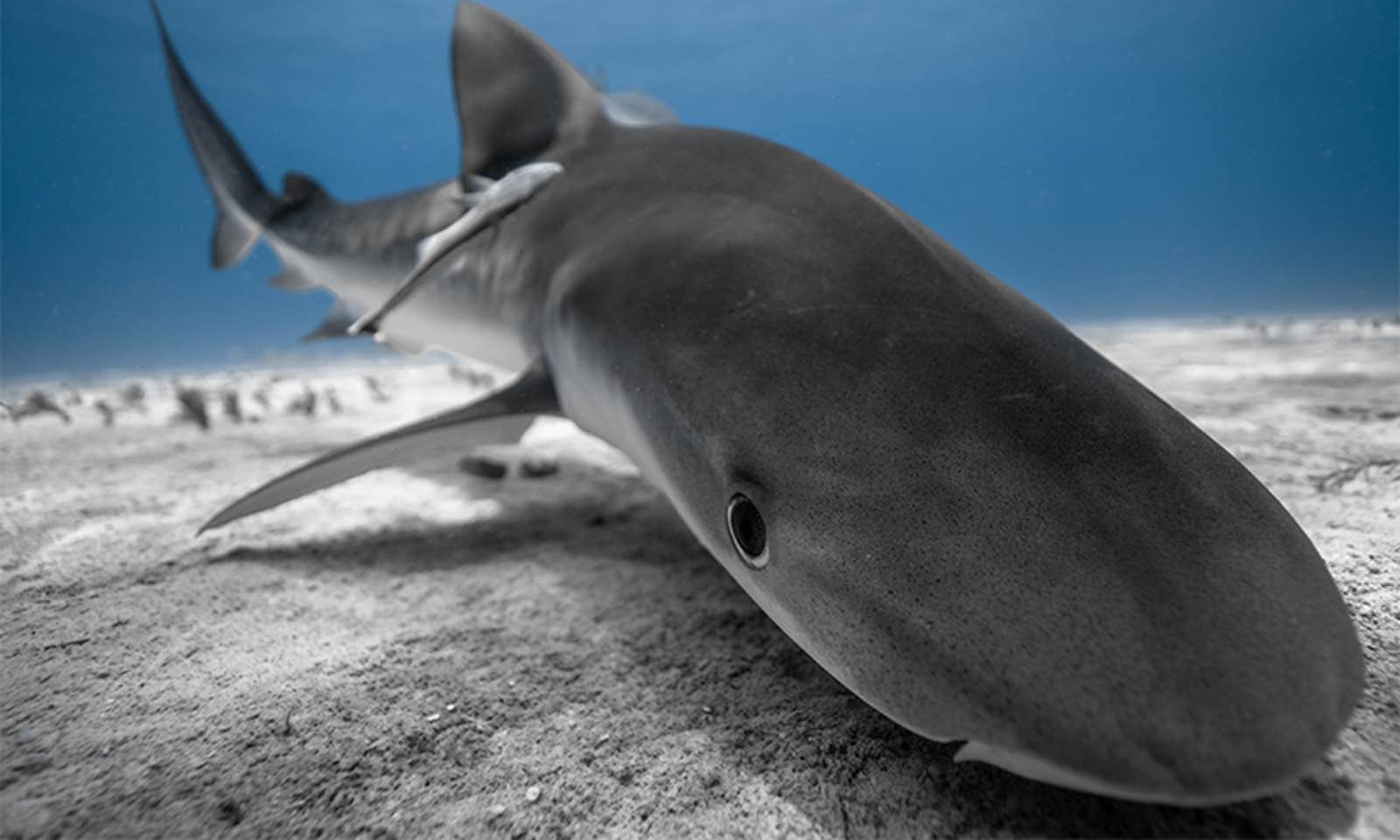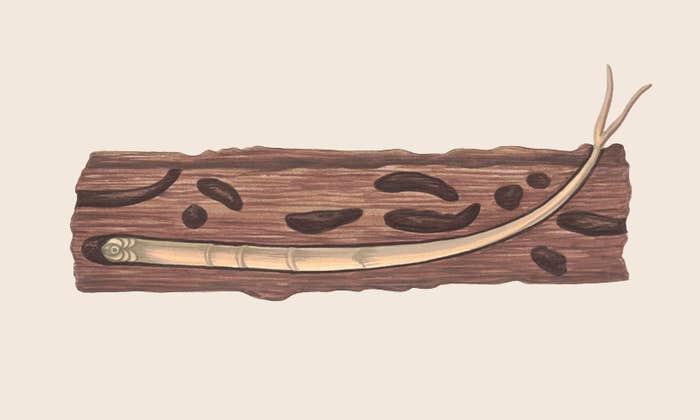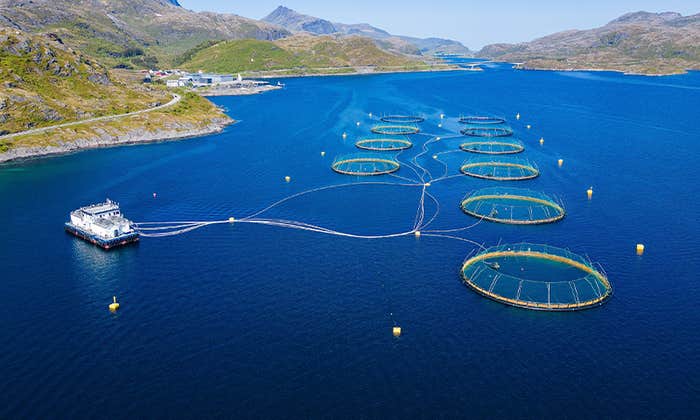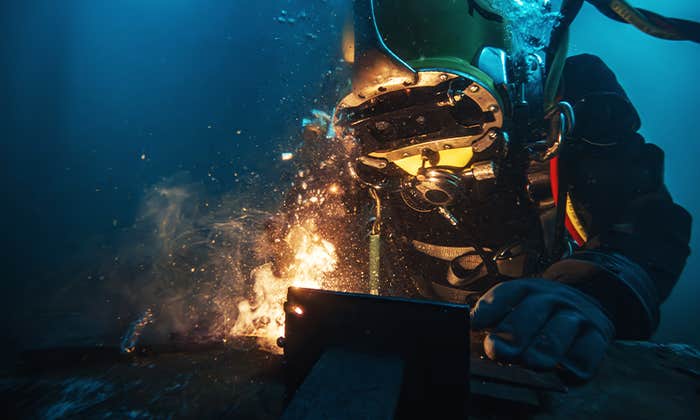In the translucent waters of French Polynesia, the changes to the shapes of the shark bodies were impossible to miss. Their normally sleek, white underbellies bulged like beach balls. Jodie Rummer, who was swimming alongside them, was sure they were pregnant.
“Would you please give birth?” Rummer recalls thinking to herself impatiently.
Rummer, a professor of marine biology at James Cook University in Australia, wants to understand how climate change and other stressors, such as habitat loss and human activity in the water, affect shark births.
But the birthing habits of reef sharks—and, in fact, of the majority of the 550 known species of shark—are largely unknown to science. We know next to nothing about when or where shark mothers deliver their pups, making it difficult to protect and monitor the health of the babies who sustain populations, a particular concern with many shark populations currently endangered or threatened.
Rummer finally caught a break a few years ago, when she heard from a student about a new device designed specifically to locate shark birthing grounds. The student had been working in the lab of James Sulikowski, director of the Coastal Oregon Marine Experiment Station at Oregon State University, who was in the process of testing his device. It could be inserted into a pregnant shark’s uterine opening and would later be “birthed” along with her pups.
Rummer got in touch with Sulikowski. “I know where these moms are,” she told him.
If you are a parent with a child under 10, you have likely heard the hit kids’ song “Baby Shark.” A neon, animated version of the catchy K-pop style tune is YouTube’s most viewed video ever, surpassing 14 billion views. The song has also climbed the charts in the United States and United Kingdom. Public perception of sharks has come a long way since Jaws. These days, many people seem to be obsessed not with how scary they are, but how cute.
So it might seem surprising that scientists know so little about them in real life. But unlike marine mammals and reptiles, sharks do not need to come up for air and can spend their entire lives well below the surface of the ocean, largely hidden from research boats. Some species cut migratory paths across the ocean thousands of miles long. It’s a very large fishbowl for researchers to investigate. “Our earth is 70 percent ocean,” says Carlee Jackson, marine biologist and co-founder of Minorities in Shark Sciences. “And you will find sharks in every single part of the ocean.”
Jackson has spent many days out on research boats just looking for sharks, using baited underwater video cameras or walls of netting called gillnet. Survey teams will often spend an eight-hour day on the open ocean—or even a string of them—without seeing a single shark. That means finding a birthing area is sometimes just a matter of luck, a nursery only revealing itself if someone happens to spot a baby swimming around.
Once you get the tag into the shark, “you’re in with all the babies.”
If the scientists do find a shark, they may temporarily capture it to measure its size and clip a tiny piece of its cartilaginous fin or take a blood sample, and then release it. “Just catching that one shark can start a whole research project,” Jackson says. Miracles do happen: A nurse shark once gave birth in her lap. Her team had captured the shark to give it an identification tag, and Jackson was gently restraining it by the tail. “I looked down and saw a tiny little head slither out,” she says.
But science can’t rely entirely on luck. For years, Sulikowski had been hunting for ways to improve on the techniques researchers used to study shark reproduction in order to help protect them. Until the early 2000s or so, researchers primarily confirmed pregnancy by dissecting a captured shark. This was lethal for the adult and the babies—not a great practice for endangered species.
While scientists don’t know much about where sharks give birth or how they rear their young in the wild, they do know something about how they give birth, based in part on studies of captive sharks. Most sharks either lay eggs on the ocean floor or birth fully formed pups, though in some cases, baby sharks are born to mothers who never mated, a process called parthenogenesis—from the Greek for “virgin birth.”
The species who give birth to live, free-swimming pups are the ones that Sulikowski is most interested in following. And in 2017, he finally stumbled upon a possibility. Researchers and wildlife managers had been using vaginal implants to track the births of land animals like white-tailed deer since the 1980s. They’re often employed to identify where invasive species are reproducing. But the implants had never been tried on a shark.
Sulikowski decided to adapt the technology for these ocean-dwellers. Working with a company called Lotek, he waterproofed the tag and its electronics and modified the shape and size to fit a shark’s simpler reproductive biology: Unlike mammals, sharks have a cloaca—a single opening for the digestive, urinary, and reproductive organs. Females of many species also have two uteri, each of which has a sphincter to keep it closed during pregnancy.
The land-animal tags resemble the T-shaped IUDs humans use for birth control—the shape holds it in place—while Sulikowski’s tag is shaped more like an egg so it can slip smoothly past the sphincters. So far, it seems to work on most sharks—the only limitation is size. Reef sharks are the smallest species the tags will fit. Called the Birth Alert Tag, the egg-shaped device measures a little more than 2 inches long and 1 inch wide and weighs about 1.5 ounces out of water.
Sulikowski takes advantage of the fact that sharks go into a trance-like state called tonic immobility when flipped on their backs. With a shark floating calmly in the water, a researcher can guide the tag into the uterus using a wand Sulikowski developed.
Once you manage to get the tag into the shark, “you’re in with all the babies,” Sulikowski says.
After two years of development, Sulikowski got his first chance to test the tags. On Dec. 15, 2019, he caught a tiger shark off the coast of Little Bahama Bank in the northern Bahamas. He used an ultrasound wand to confirm and measure her pregnancy, then inserted the birthing tag, attached a satellite tag to her dorsal fin, and went home to wait. On May 20, 2020, 157 days later, a satellite picked up a signal from the tag outside of Georgia, in the U.S., 320 miles away. The shark had given birth 25 miles from the coast and pushed the tracking tag out along with the babies onto a stretch of unstructured sandy bottom.
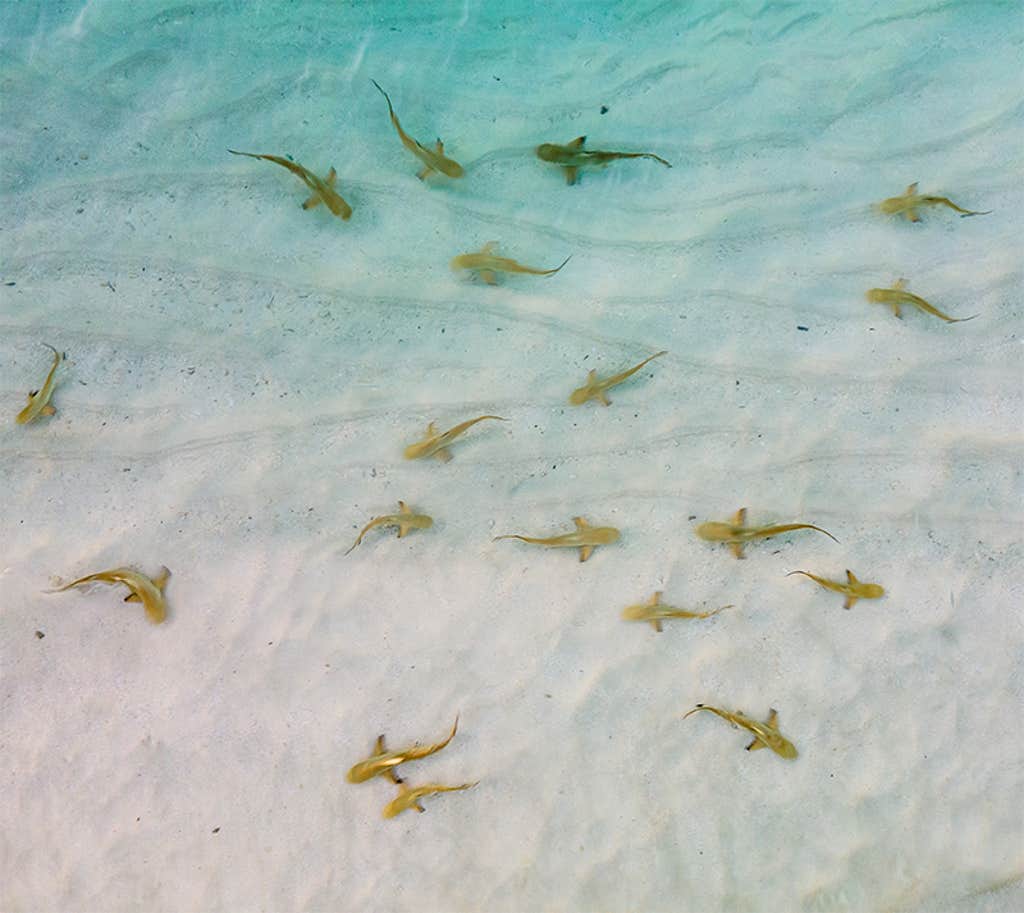
Last year, Sulikowski published a description of his device and the tiger shark’s movements, as well as those of a pregnant scalloped hammerhead he tagged in 2022, in Science Advances. Months after inserting the tag in the hammerhead, he had watched on a computer screen as the shark suddenly made a beeline for the South Carolina shore one day before giving birth. As soon as she released her pups at a spot about 7 miles off the coast of Hilton Head, she raced back out to sea.
For both sharks, the timing of the births matched what little data has been collected from dissections and observations in the wild about the length of gestation and seasonality of births. That suggests the technology is working as Sulikowski intended—that the tags aren’t just falling out or causing the sharks to give birth early. Still, the tiger shark’s choice of birthing ground miles from the coast was something of a surprise: It suggests the babies made a long swim to nursery grounds. Baby tigers are typically spotted much closer to the beaches along this coast. “It could be that there is an epicenter of where birth takes place and the babies then move along the coast,” Sulikowski says.
Jackson was impressed with the results. “I honestly was like, ‘Oh my gosh, how has no one thought about that before?’” she said after reading Sulikoswki’s paper. “It’s so practical.”
Though some of the data collected simply confirmed what little was already known, the birthing tags also revealed for the first time the precise location of an actual birth, says Steve Kessel, director of marine research at the Shedd Aquarium and a shark biologist. Knowing specifics of those locations, like the depth of the water, could help scientists locate other potential nurseries.
Sulikowski’s birthing tag does carry some risk. There’s a possibility that inserting it in a pregnant shark could trigger an early birth, which could potentially harm the shark and generate misleading data. If that were happening, though, researchers would expect to see babies birthed shortly after the tag was inserted, Kessel says. So far, that doesn’t seem to have happened.
The handful of sharks so far tagged with Sulikowski’s birthing tracker include three of Rummer’s pregnant blacktip reef sharks. She tagged them herself in 2022. That alone was an accomplishment: Rummer wasn’t sure if a pregnant reef shark would be tempted with the usual bait. “Does it have cravings?” she wondered.
Now that she knows it’s doable, she’s plotting new research projects that will rely on the birthing tags. She has a lot of questions. Where do the moms go at the ends of their pregnancies, how close to the nursery do the moms give birth, and how far do babies have to swim to their protected shallows? Also: How will all of this change as the ocean warms?
Without those answers, it’s difficult to advocate for protections that could keep the moms healthy enough to continue having babies. For starters, Rummer dreams of turning the Polynesian seas into something of a shark maternity ward—to help fill the waters with baby sharks. ![]()
Lead image: Sail Far Dive Deep / Shutterstock



















